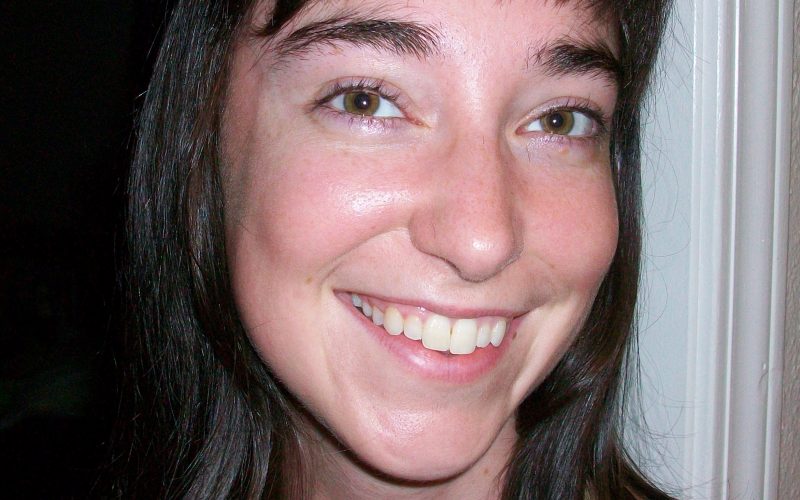There’s an old saying: if it’s not broke, don’t fix it! But what about wild places which are certainly broken from an ecological standpoint: do we attempt to fix them and risk further breakage, or let nature take its course and risk losing the nature we know today?
There are proponents on both sides of wilderness management. Some say to let well enough alone, and others point out that humans didn’t let well enough alone to begin with, and that’s why we’re trying to fix it. There’s also the question of what constitutes holistically healthy natural areas. How did nature look before this or that human activity, and what ecological role can and should our species play on Earth?
Fred Pearce argues in The New Wild: How Invasive Species Will Be Nature’s Salvation that actually our human mistakes are not as harmful as we might think. As an environmental journalist, Pearce observed conservation work on six continents that made him question his former opinion on removing “evil” invasive species that were disrupting natural ecosystems. He asks how long it takes before a species is considered native in the first place.
A single location has seen many different kinds of ecosystems in the course of history, and non-native species are simply bringing about yet another symbiosis. Pearce agrees that, while some invasives create horror stories, most of them quickly die off or begin to play beneficial roles. A rewilding of the world is needed, he writes, but humans can’t achieve our conservation goals through intensive management or engineering. Some invasive non-native species can contribute to greater biodiversity and healthier ecosystems. We must embrace nature’s wildness and capacity to adapt.
Yet nature’s wildness didn’t have much to do with oil spills and monocultures. Stepping away from trying to fix ecological imbalance at this current time in history is a lot like clear-cutting a forest and then shrugging and walking away instead of replanting. “Nature will take care of it,” is absolutely true – nature will absorb the impact, and your favorite bird or water source may not survive.
On Earth, there are changes that come about in their own time and without human involvement and changes that arise, like a sudden firework in history, from human activity and error. We can let nature stay in this state in which we have shaped her, and try to disentangle ourselves as much as possible from the interconnected web that binds us together. Or we can learn to live in harmonious symbiosis with that web, making intentional management changes to our environment only after much consideration of the potential impact.
A truly hands-off option isn’t feasible when just walking in a cave can cause white-nose syndrome to severely reduce North American bats, and careful management will doubtless ruin something else in time no matter how much we wanted to save it from the Japanese bush honeysuckle. Our ethical dilemma seems to be: what changes, whether from nature herself or from human activity, are we willing to tolerate?
Amanda Bancroft is a Master Naturalist and volunteers with her husband Ryan for their solar-powered online educational center on how to make a difference with everyday choices at: www.RipplesBlog.org











